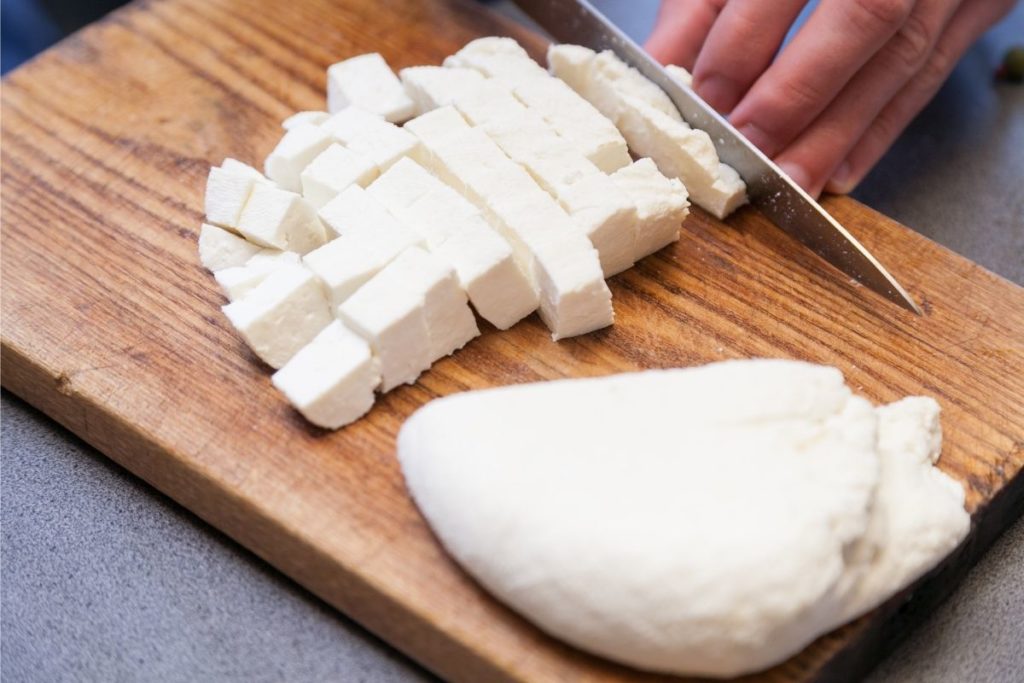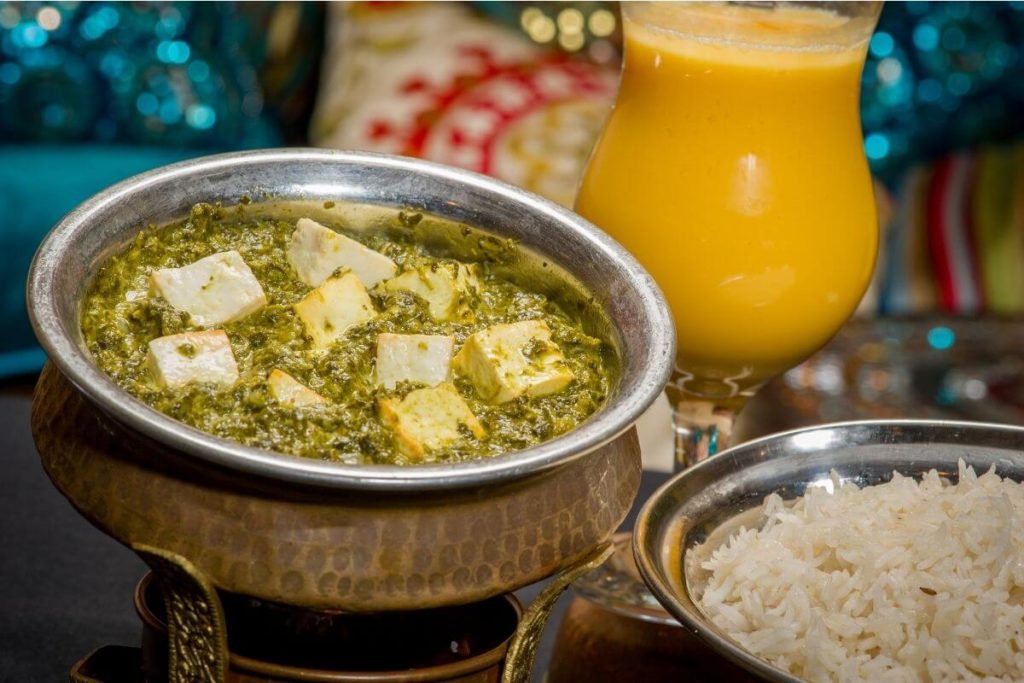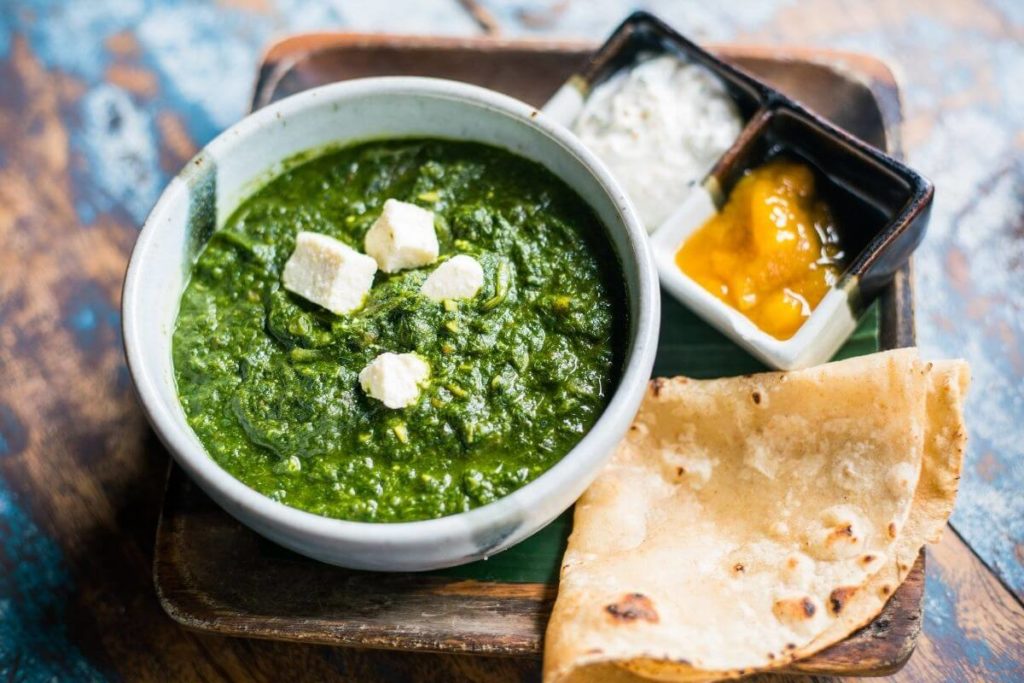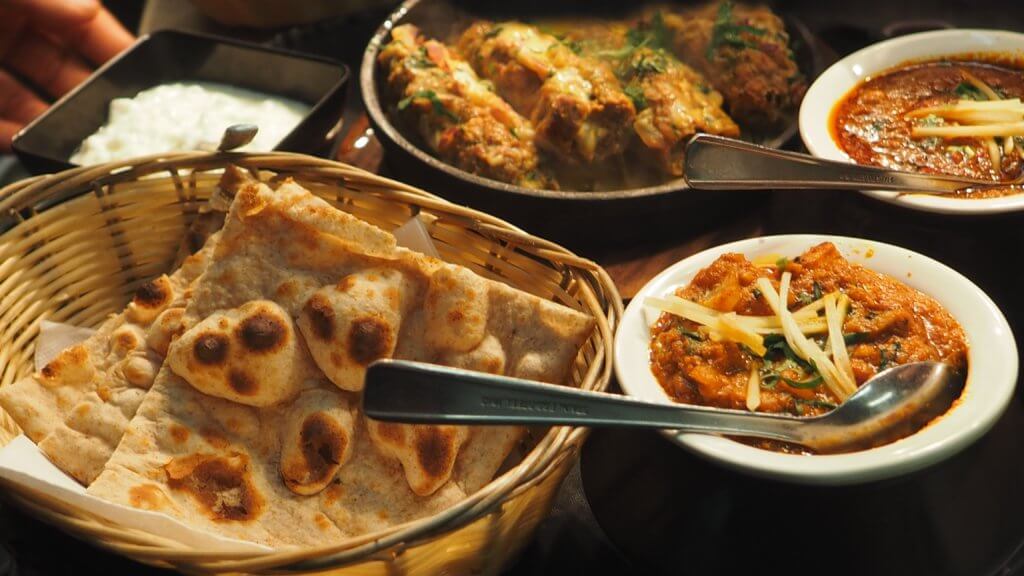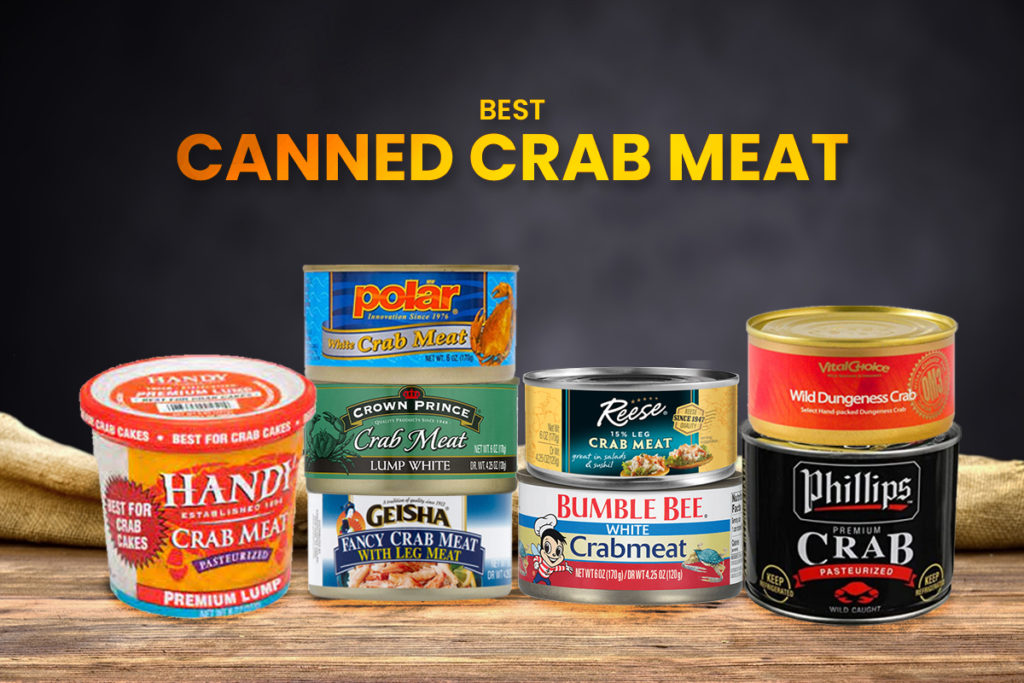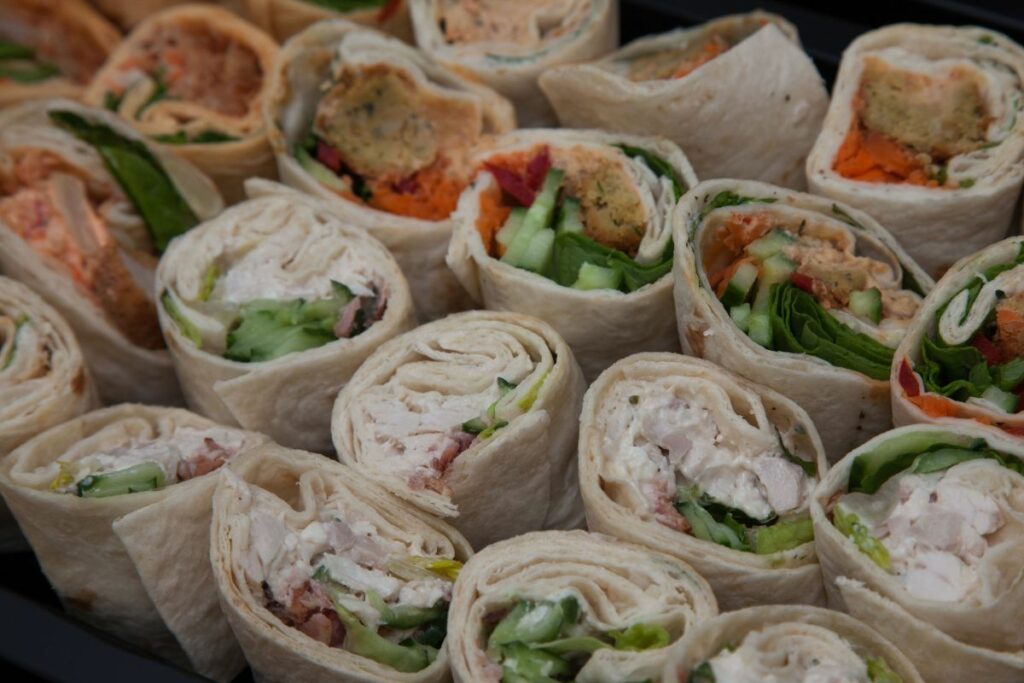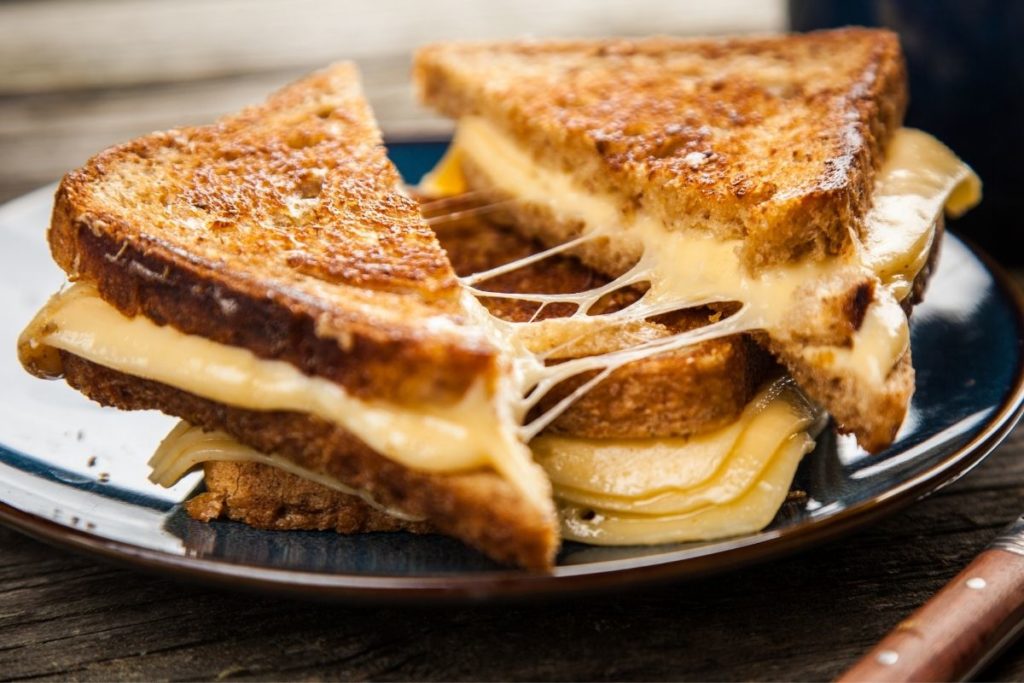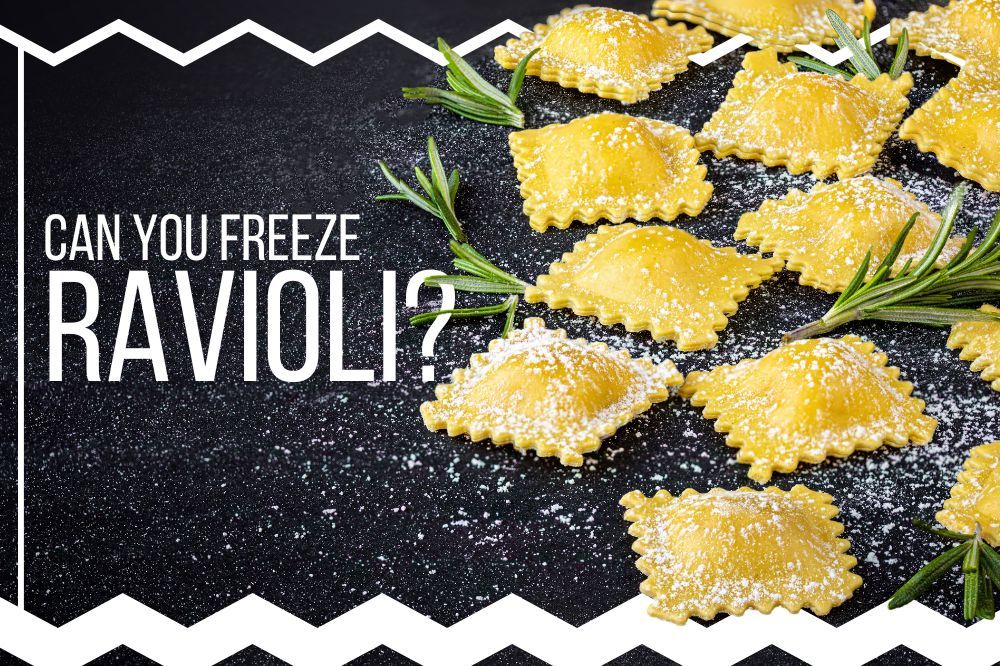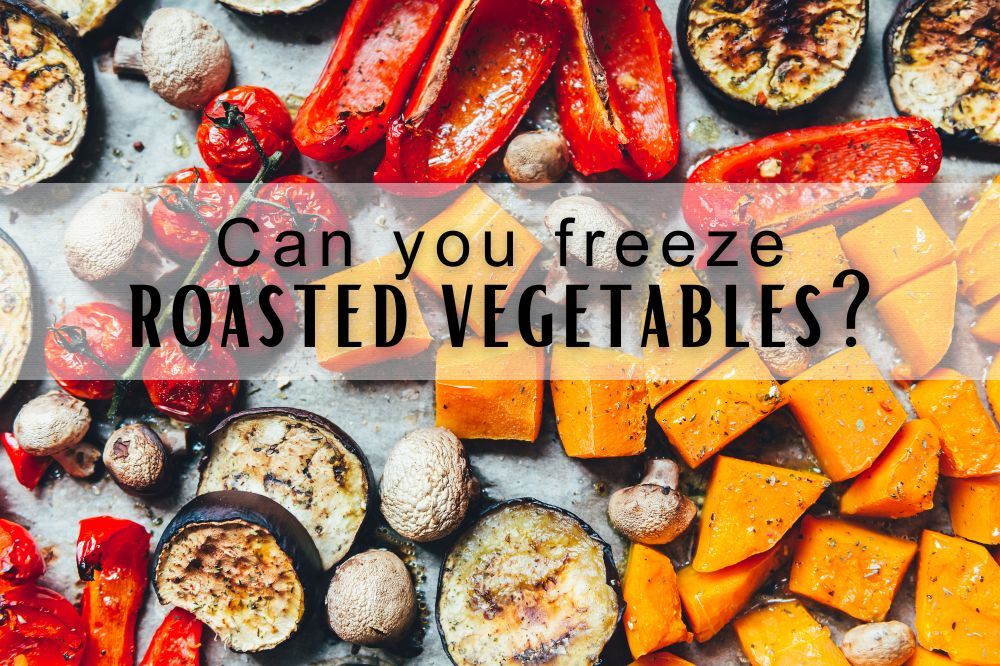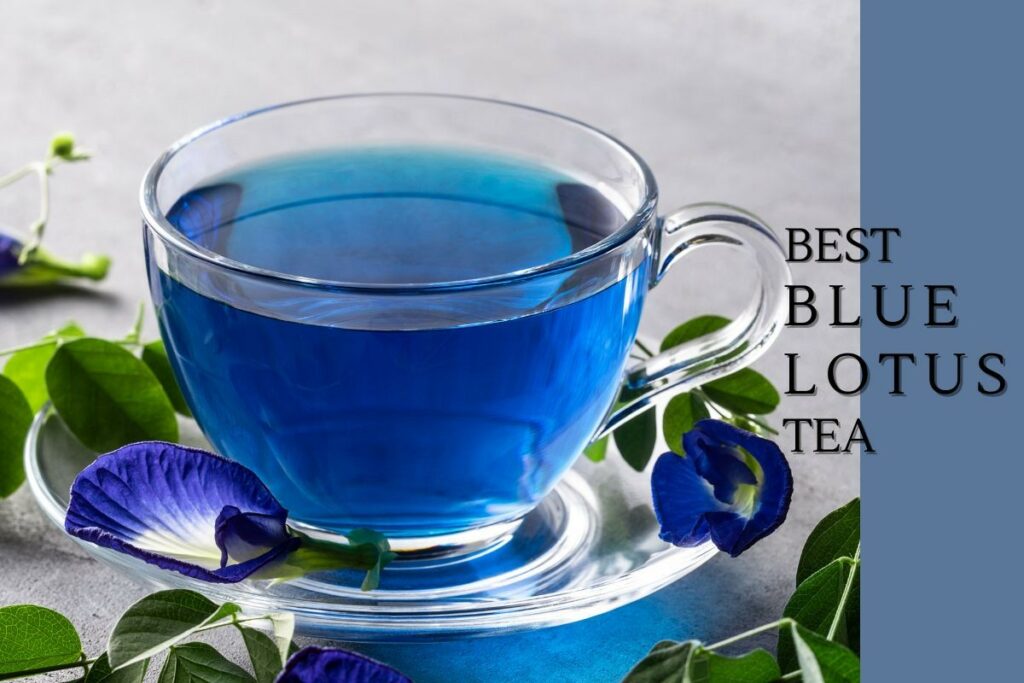Difference Between Saan Paneer vs Palak Paneer (Updated 2025)
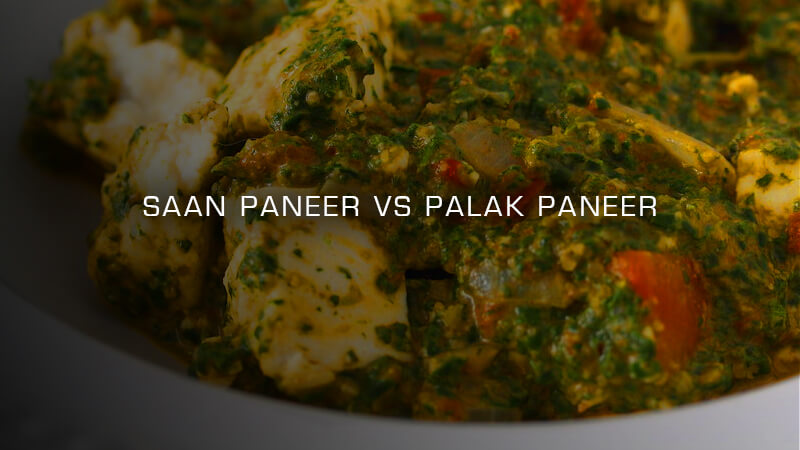
Curious what is the difference between Saan Paneer and Palak Paneer? Stick around as we share the answer in this article…
The world loves cheese. From Americans with their American cheese to Indians with their paneer, there’s no denying cheese and dairy command a loyal following around the globe.
While most consume cheese straight from the block or baked over pizza and other similar dishes, India has taken this type of dairy to a whole new level: cooking it with saan paneer and palak paneer.
To an undiscerning eye and palate, these two variations may appear and taste exactly the same. However, for native citizens of India and those who grew up eating these dishes, the differences couldn’t be more obvious.
Interested in learning more about the culinary delights that India has to offer? Let’s start by getting to know the basics, discerning saan paneer from palak paneer. Take a look.
What Is Paneer?
Before we discuss the differences between saan and palak paneer, you need to know what paneer is. A northern Indian staple, paneer is a type of mild, fresh cheese with a rather milky flavor.
In fact, the word paneer literally translates to ‘cheese.’
People usually refer to this dish as Indian cottage cheese primarily because the process of making it resembles that of cottage or ricotta cheese – most of which require simple curdling to help separate the curds from the whey.
After straining and separating, the curds are then formed into a block prior to being cut into cubes. Unlike other types of cheeses on the market, paneer is not aged and cultured, hence the mild, subtle flavors.
Because of its slightly muted flavor profile, paneer is considered a versatile ingredient akin to tofu. Its versatility allows its use in a variety of Indian dishes, both sweet and savory. A favorite of many is using paneer in saan and palak-based dishes as it fully absorbs the sauce.
Now that you know what paneer is, you might have an idea as to what saan and palak might be. Ready to find out what these two are? Check these out.
What Is Saan Paneer?
Normally called saag, saan paneer is a traditional Punjabi dish that comes from the northern region of India. With the region’s abundance of earthy vegetables, thanks in part to the five rivers that flow through Punjab, Northern India is teeming with healthy goods, crops, and produce.
Saag refers to green leafy vegetables. However, in terms of cooking and composition, saag consists of a combination of mustard greens and fenugreek leaves. Collard greens may also be used in making it, as well as spinach leaves.
What Is Palak Paneer?
On the other hand, palak roughly translates into ‘spinach.’ Also hailing from Northern India, the only vegetable present in making a palak-based dish is spinach, while saag contains a mixture of vegetables.
Like saag, this dish is also prevalent not just in the region, but also in most restaurants and establishments throughout the country. It is also called spinach curry.
Similarities Between Saag and Palak
Though saag and palak are sometimes used interchangeably, they actually contain different spices and ingredients. Most actually consider palak a type of saag primarily because it uses green leafy vegetables.
Despite the similarities in color, texture, and appearance, the composition and overall dish makeup are largely different from one another. For example, saag curries and sauces are usually made with garam masala.
This spice mix contains black peppercorns, cardamom, coriander, and ginger, as well as garlic. Meanwhile, the aromatics used to flavor palak curry are coriander, cumin, and fennel.
However, unlike saag which is relatively tame and mild, palak turns the heat on with cayenne and red chilies added into the mix. Garlic is also absent in this dish.
Dairy-wise, saag or saan is known for its richer and creamier flavor profile, with a silkier mouthfeel and overall texture. This is attributed to the use of heavy whipping cream which is added at the end. On the other hand, the creaminess of palak comes from yogurt.
Because of this, the outcome is creamy yet light, while also imparting a slightly tangy and zingy taste. To prevent the yogurt from forming curds, chefs add a splash of milk or cream, making the dish creamy without being too cloying.
Paneer Pairings
Saag, or saan, and palak curries often come prepared with paneer. As you know, paneer has a mild flavor profile making it suitable for absorbing the rich tastes of these curries and sauces.
Though traditionally served with rice, many eat saan paneer or palak paneer with pita, chapatti, or roti. We imagine eating it with crackers or biscuits, or even normal wheat bread, would also do the trick.
Some love eating it plain as a snack, while others cook their paneer dishes with chicken or lamb for additional protein and flavor.
Unassuming in nature, both saag and palak paneer dishes offer diners a homey and downright comforting dish. Due to their dairy-laden composition, we advise pairing the dishes with a type of wine that has a high level of acidity.
This way, the acidity of the wine cuts through the richness of the sauce and of the cheese itself. A good pairing would be a crisp white, such as a Sauvignon Blanc. However, you may also opt for a Rose or a Cabernet Sauvignon if you want red wine.
Indian Cuisine and Its Global Reach
Deeply rooted in tradition and history, Indian cuisine ranks as one of the most diverse in the world. Though largely characterized by the liberal use of spices, rich stews, and undeniably tasty grains, regional cuisines reflect different takes on dishes and cooking techniques.
Aside from traditional native cooking, immigration and the mixing of cultures have also factored into the dishes, ingredients, and cooking methods used today. Moreover, geography and religion both play a role in Indian food.
A predominantly Hindu country, with a smaller Islamic population, many individuals refrain from eating meat-based products such as beef and pork. While there are still people who eat meat, most living in India today lead a vegetable-based lifestyle.
At the core of their staples are vegetables and greens, legumes, and grains. Despite consuming fewer meat products, the country is known for its fondness for cheese, milk, butter, yogurt, and other dairy dishes.
Today, Indian cuisine has built a solid foundation not just at home, but also on a more global scale. It garners a massive presence in countries such as the United Kingdom, the United States, Japan, South Korea, Germany, France, and even Thailand.
The Bottom Line
Now that you know the differences between saan and palak paneer, we hope you have a deeper appreciation for these dishes and their traditional roots. Which of these are you more inclined to try out? Let us know in the comments below.
you may also like
well hello there!

Hi, I'm Linda thanks for stopping by! We're so happy you're here. If you're a foodie and love to cook from home - you're in the right place..
LEARN MORE
free newsletter
Join the mailing list and receive our free newsletter!
recent posts
let's be social
search site
Recipe Marker
Recipe Marker provides you with the best information about home cooking tips, recipes, ingredient substitutes and more. Check out our blog to see the latest articles.
Copyright © 2024 Recipemarker.com | All Rights Reserved | Privacy | Disclaimer | Contact
